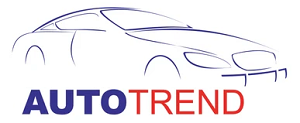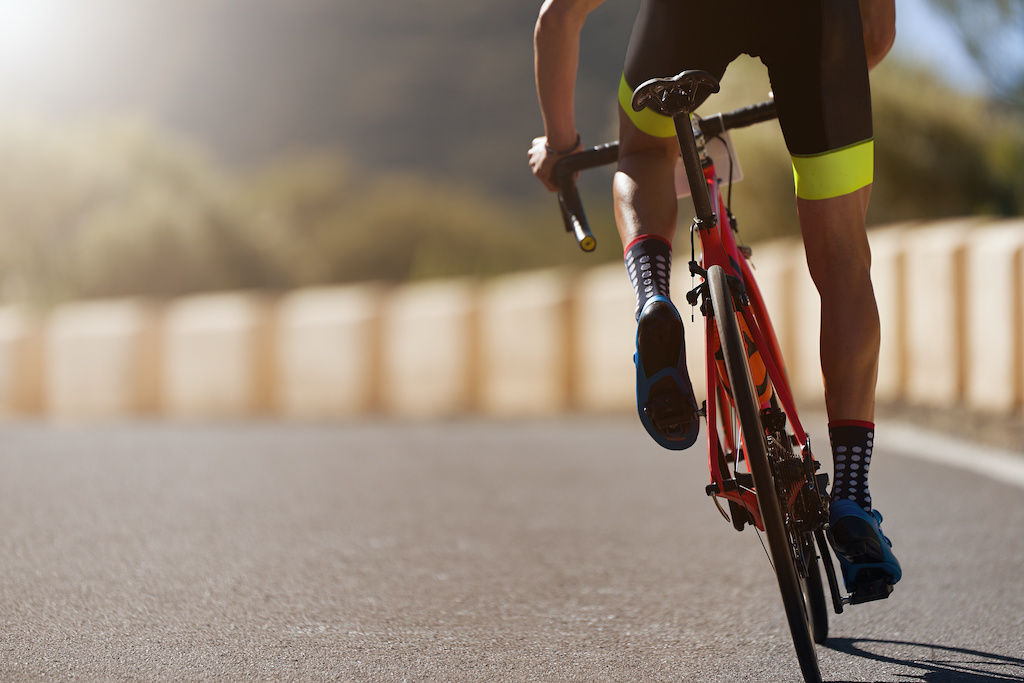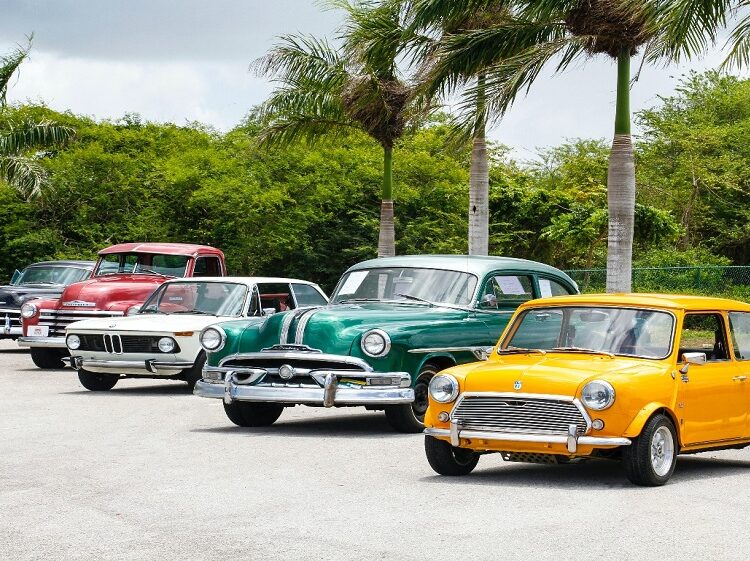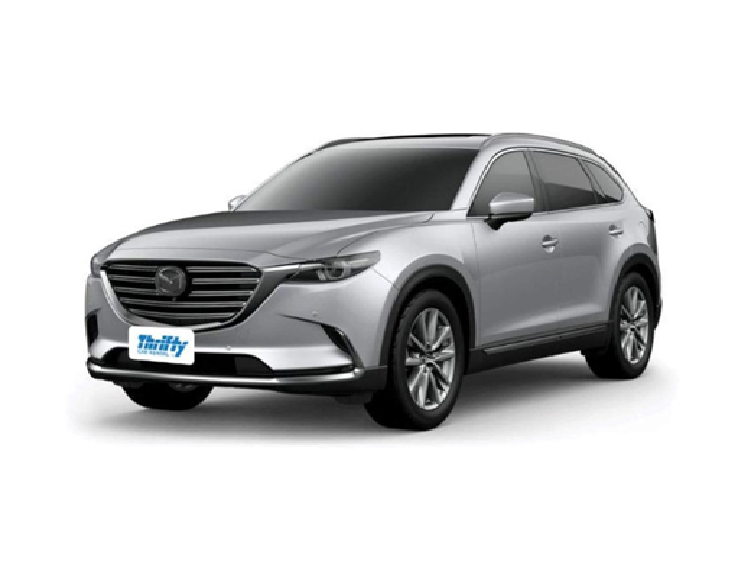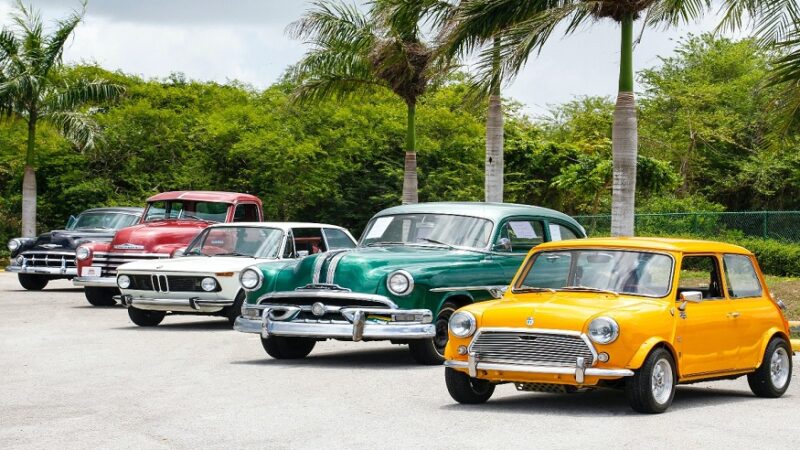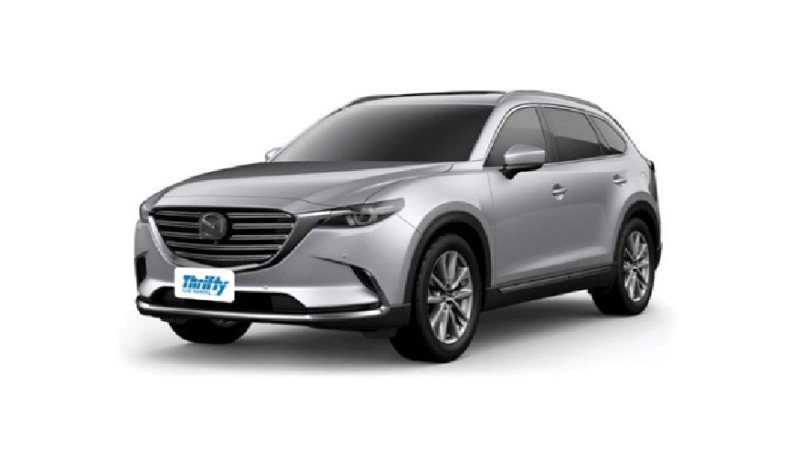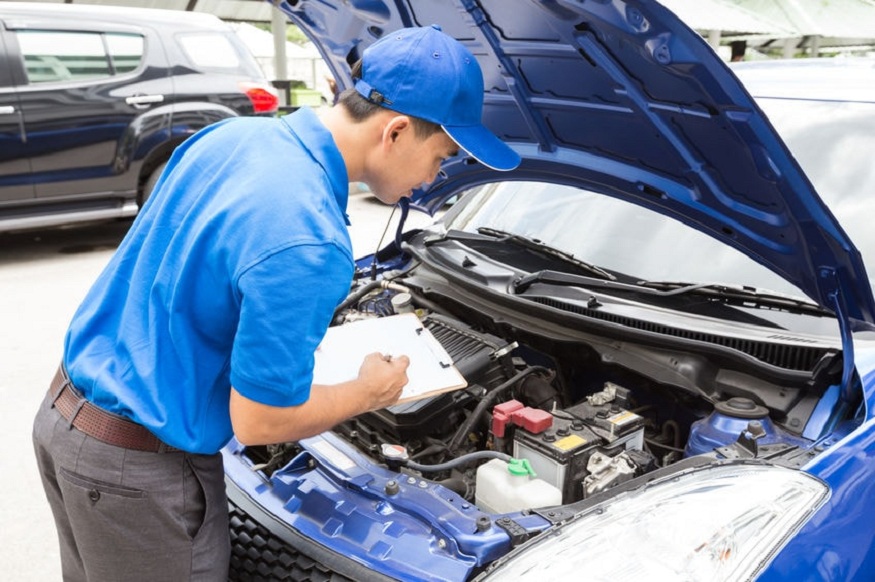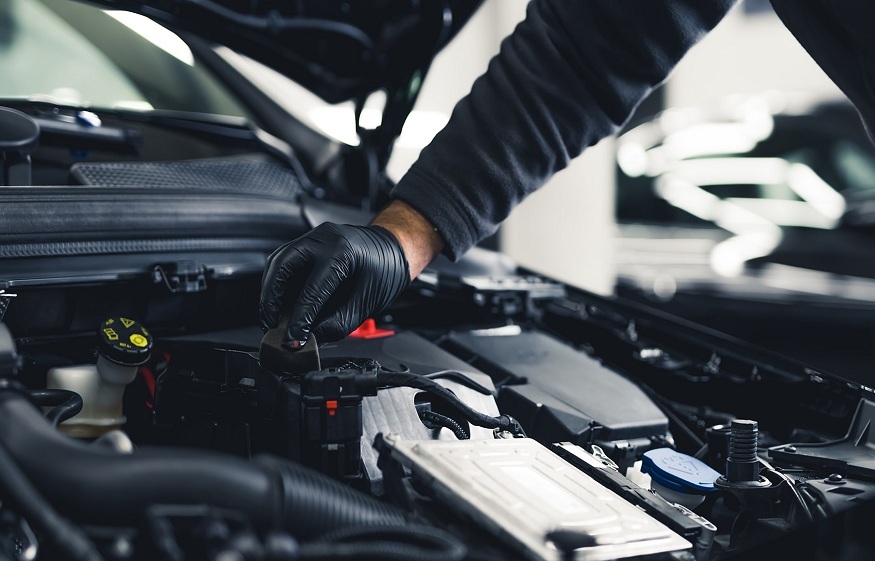The classic retro-reflective vest : compulsory outside built-up areas at night since 2008, or when visibility is insufficient. R313-4 of the code of the road.
You can add to this orange reflectors on the wheels (for lateral visibility), and also on any trailer that you tow.
In addition to the possibility of being fined if your bike is not equipped with these different elements, the idea is above all to ride in complete safety. You will see, well equipped, it will even be a pleasure to cycle at night,
Is it obligatory to wear a helmet when cycling?
Only children under the age of 12 must wear a helmet when cycling, whether they are the driver or passenger. It is up to the adult who transports or accompanies the child to ensure this…
Find out everything about children’s bicycle helmets.
However, the helmet is the cyclist’s most visible point. Wearing a fluorescent yellow helmet or inserting a rear light can be a great idea!
Lights on a bike: to see and be seen
When you buy your bike, it comes equipped with lights at the front and rear as well as reflective reflectors on the pedals and wheels. This does not prevent you from adding elements here and there which will reinforce your visibility and therefore your safety. Please note:
Your lighting options depend on your environment, your trips and their frequency.
If you only drive exceptionally at night, for example, on short journeys, it would be wise to equip yourself with a removable LED clip-on kit. On the contrary, if you frequently drive late at night or very early in the morning, fix the lights permanently and perhaps prefer the dynamo whose autonomy will be unlimited.
For the countryside, invest in a model with a rechargeable battery because the lights will be more powerful.
What is powerful lighting? what is the best bike lighting?
The one that suits you best!
In town, lighting that runs on batteries can be completely satisfactory.
And if you are still worried about not attracting enough attention from other users, know that there are flashing lights: very effective! Good to know all the same: the law authorizes flashing lights at the rear, but not at the front ( decree 2016-448 ).
Which rear bike light?
So let’s talk about the rear. The basic thing to know: the rear light must be red.
The loupiote or light, call it what you want, will allow you to be visible, so don’t skimp! You can add, to the lighting supplied with your bike, additional small LEDs (for example, I add two to my child’s seat, at the rear, as well as a fluorescent and reflective headband designed for bags backpack.
These accessories allow me not only to add clearly visible points, but also to vary the heights. You can even add one of these small LEDs to your helmet, if you wear one.
Be well equipped to cycle at night
Your bike is clearly visible and you can see clearly yourself. But to be more easily and reliably identified at night, it is important that you also equip yourself with suitable accessories.
The essential thing, when traveling in a dark environment, is to wear high visibility equipment.
The visibility vest, since it is sleeveless, can easily be completed with armbands, practical when you indicate to other users that you are turning! For your lower body, don’t hesitate to put on reflective trouser clips and if a backpack hides your vest, consider a visibility band or a bag cover .
You can also opt for one of our PPE certified jackets (EN1150 standard). Our jackets, specially designed for city cyclists, offer visibility day or night or even both! They will give you visibility, protect you from bad weather, and you can even wear them when you are no longer on the bike.
Everything you need to know about PPE visibility jackets
These standards cover certain topics such as the distance at which the cyclist must be seen, reflective surfaces, specific colors, etc.
To find out more about bicycle visibility in the city
Watch the replay of our very latest webinar entitled “Rain, cold, visibility…How to dress when cycling in the city?” Here is the list of questions/topics covered with direct access to the part of the video concerned.
